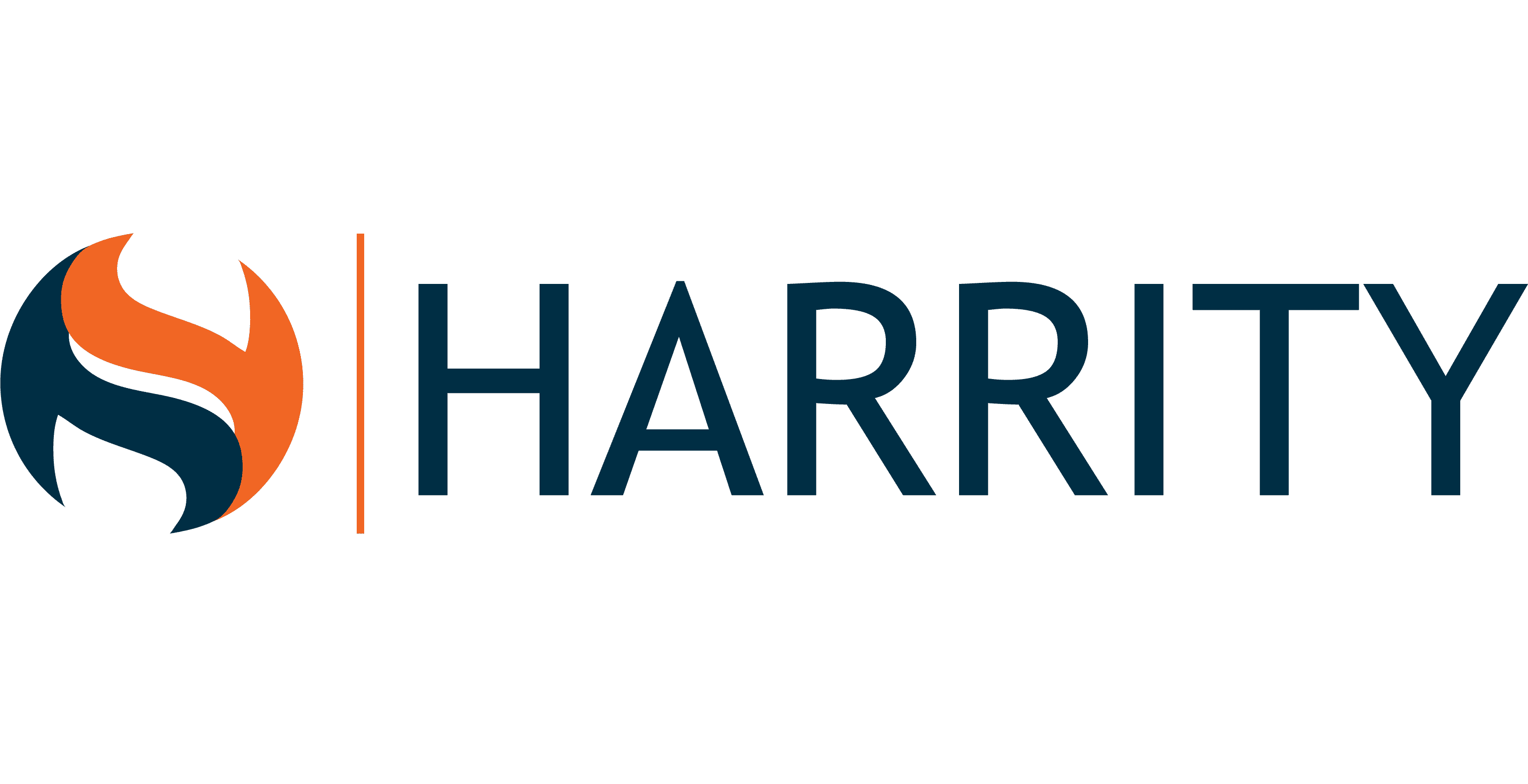Plan Before You File: 3 Key Considerations in Patent Preparation
By Daniel Jebsen, Associate
It’s Monday, and your client comes to you with an urgent request for help: there will be a disclosure of an invention on Friday, and they’d like to file a patent application before that disclosure. No problem, you can prepare a patent application for filing in a few days. Other than the details of the invention itself, what do you need to consider when filing a patent application? One easily overlooked issue, particularly in such a rush scenario, is the impact of inventor location, residency, and citizenship on your patent application filing.
Many jurisdictions, including the United States (see 35 U.S. Code § 184), impose some type of restriction on first filings outside of the jurisdiction (i.e., foreign first filings). Such restrictions can be imposed on, for example, applications for inventions made in a given country, applications by inventors who reside in a given country, and applications by inventors who are nationals of a given country. Note: the World Intellectual Property Organization (WIPO) has posted a list describing known filing restrictions for some Patent Cooperation Treaty (PCT) contracting states.
Some jurisdictions with foreign filing restrictions allow foreign first filing only with permission from the patent office (i.e., after obtaining a foreign filing license). However, the amount of time needed to obtain a foreign filing license can vary from days to weeks, or even months, depending on the jurisdiction. Some jurisdictions, such as Russia, do not allow foreign first filings at all and, as a result, do not grant foreign filing licenses. Therefore, a very early consideration in the patent application preparation process should be whether inventor location, residency, and/or citizenship will dictate timing and/or jurisdiction of your first filing. These scenarios can become quite complex when inventors are located in, reside in, or are citizens of different countries, and even more complex when an urgent filing is needed.
For example, maybe Inventor A is located in, resides in, and is a citizen of Country X, Inventor B is located in, resides in, and is a citizen of Country Y, and Inventor C is located in and resides in Country X, but is a citizen of Country Z.
Here are three steps to take before filing a patent application that should help preserve your invention’s first-to-file status:
- Before filing a patent application, the first step is to identify whether Country X, Country Y, and Country Z impose foreign filing restrictions based on the inventor relationships to the relevant jurisdictions. In this example, assume that Country X imposes a foreign filing restriction on applications made in Country X, Country Y imposes a foreign filing restriction on residents of Country Y, and Country Z does not impose a foreign filing restriction on citizens of Country Z.
- The second step is to determine whether permission for a foreign filing can be requested from any of these jurisdictions that impose such a restriction. Here, perhaps permission for a foreign filing can be requested from offices of both Country X and Country Y.
- The third step is to determine an approximate amount of time typically needed for a request for a foreign filing to be reviewed and (hopefully) granted. In our relatively simple example, perhaps a foreign filing license can be obtained from the Country X office in 3-4 days, but a foreign filing license from the Country Y office may take 4-6 weeks. An attorney licensed in a given jurisdiction may have strategies for trying to expedite the review/grant process.
As you can probably imagine, results of these inquiries can dictate where and how quickly the patent application can be filed. In the above example, if timing is urgent, a first filing in Country Y after obtaining a foreign filing license for Country X may be a workable strategy. Conversely, if timing is not an issue, a first filing in Country X after obtaining a foreign filing license for Country Y may be the way to go.
Of course, it is advisable to contact the relevant patent office or an attorney licensed in a given jurisdiction in order to ascertain detailed information for a given jurisdiction.
In summary, inventor location, residency, and/or citizenship can have a significant impact on timing and/or jurisdiction for a given filing. Therefore, foreign filing considerations should be handled as early as possible during the patent application preparation process.

